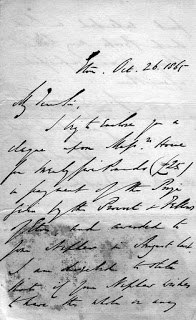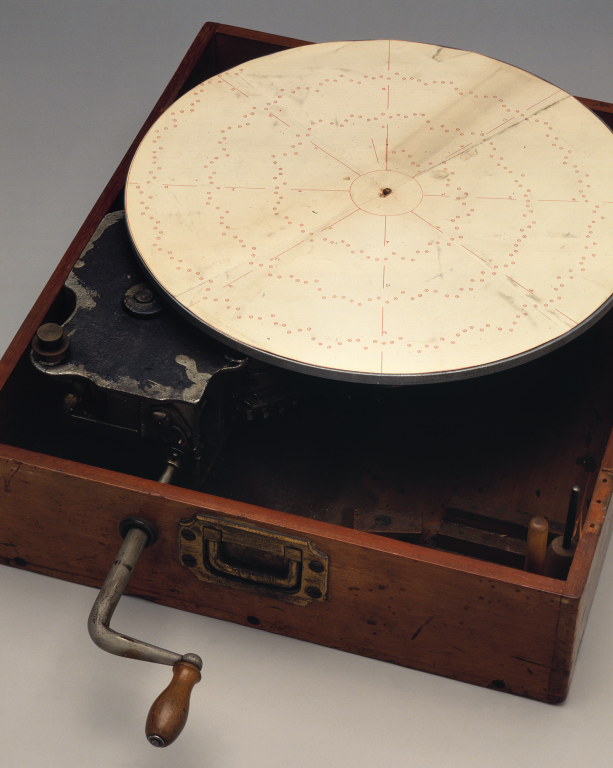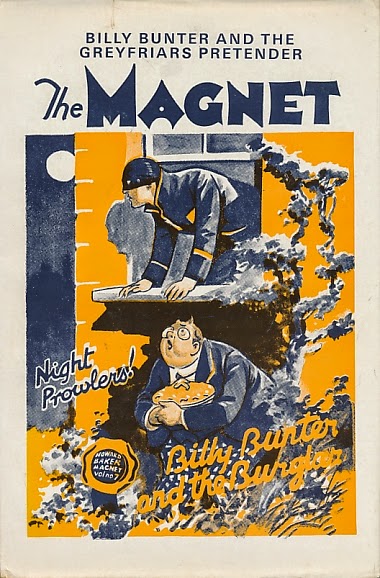Taking into account the current debate on identity politics, and in particular the climate of ‘ wokeness’ regarding racism and sexism, it is interesting to read one of the earliest texts on this subject, Racism and Sexism in Childrens’ Books( Writers’ and Reader’ Publishing Cooperative, 1979). In it Judith Stinton, who edited the book, drew up a list entitled ‘ How to Look for Racism and Sexism in Childrens’ Books: a guideline.
These points seem to have been discussed ever since, often inducing a polarisation of views according to various agendas and prejudices. As the publisher Nicholas Parsons observed in 1985
The Central Committee of Teachers Against Racism complained that ‘black people’ are shown as greedy in Bannerman’s The Story of Little Black Sambo (1899) because Sambo eats 169 pancakes. Right-wing letters to the Times, on the other hand, produced arguments of varying implausibility liberally laced with self-righteousness, to demonstrate the impossible that : The Story of Little Black Sambo does not purvey a view of black people that is at best patronising in the extreme, and at worst unpleasantly racist.’
Who was this would-be censor? The only Judith Stinton we could find online was someone who is currently curating exhibitions on literature for museums. From her photograph she looks too young to be the person responsible for the groundbreaking booklet, but she may have produced it when in her very early twenties. Continue reading


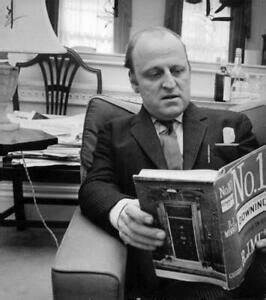

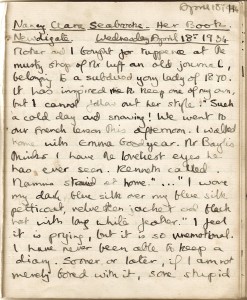
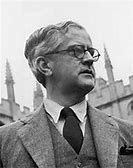
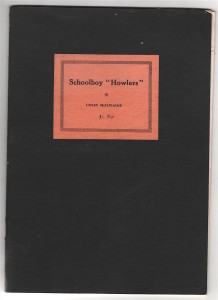
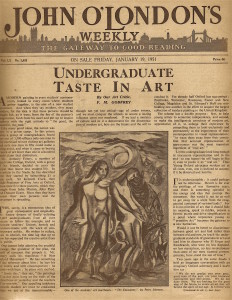
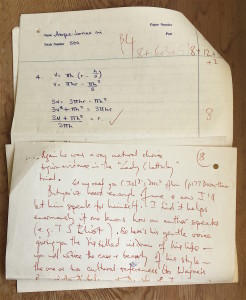 Found among the papers of the mathematician
Found among the papers of the mathematician 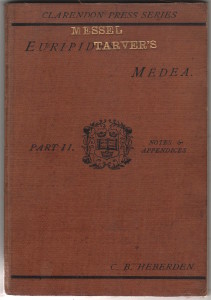 Found in a box of old text books (Zinn collection) is this copy of part two of C. B. Heberden’s edition of Euripedes’ Medea ( notes and appendices) published by the Clarendon Press in 1886.Stamped in gold lettering on the light brown cover of this distinctly dull-looking school text book are the words MESSEL/TARVERS. Inscribed in pencil on the fly-leaf we find ‘ L.Messel/Tarvers ‘, which suggests that it belonged at one time to Leonard Charles Rudolph Messel ( 1872 – 1953), father of the famous stage designer Oliver Messel. Beneath the inscription are two pencil and ink drawings—one of a veiled lady in Victorian dress, the other a small profile of a man’s head.
Found in a box of old text books (Zinn collection) is this copy of part two of C. B. Heberden’s edition of Euripedes’ Medea ( notes and appendices) published by the Clarendon Press in 1886.Stamped in gold lettering on the light brown cover of this distinctly dull-looking school text book are the words MESSEL/TARVERS. Inscribed in pencil on the fly-leaf we find ‘ L.Messel/Tarvers ‘, which suggests that it belonged at one time to Leonard Charles Rudolph Messel ( 1872 – 1953), father of the famous stage designer Oliver Messel. Beneath the inscription are two pencil and ink drawings—one of a veiled lady in Victorian dress, the other a small profile of a man’s head.

